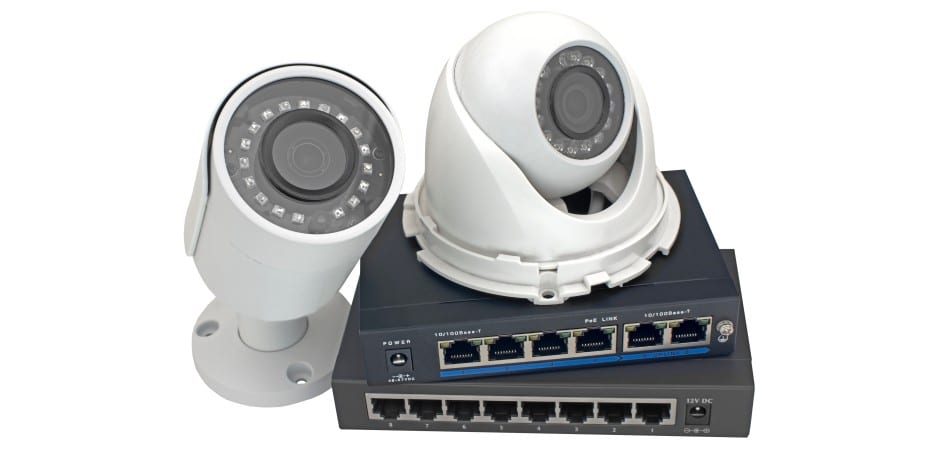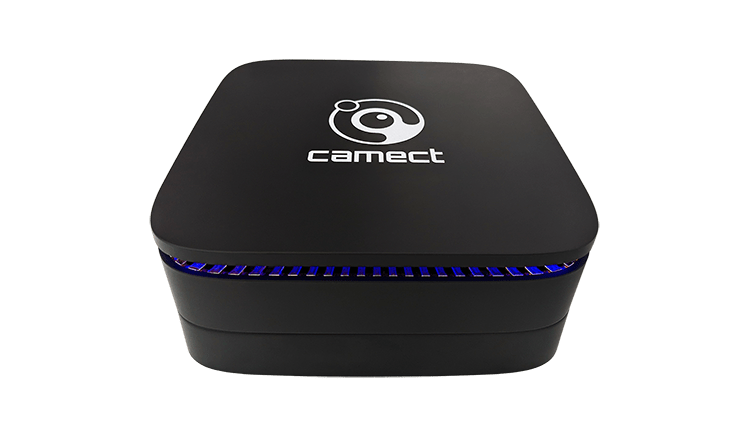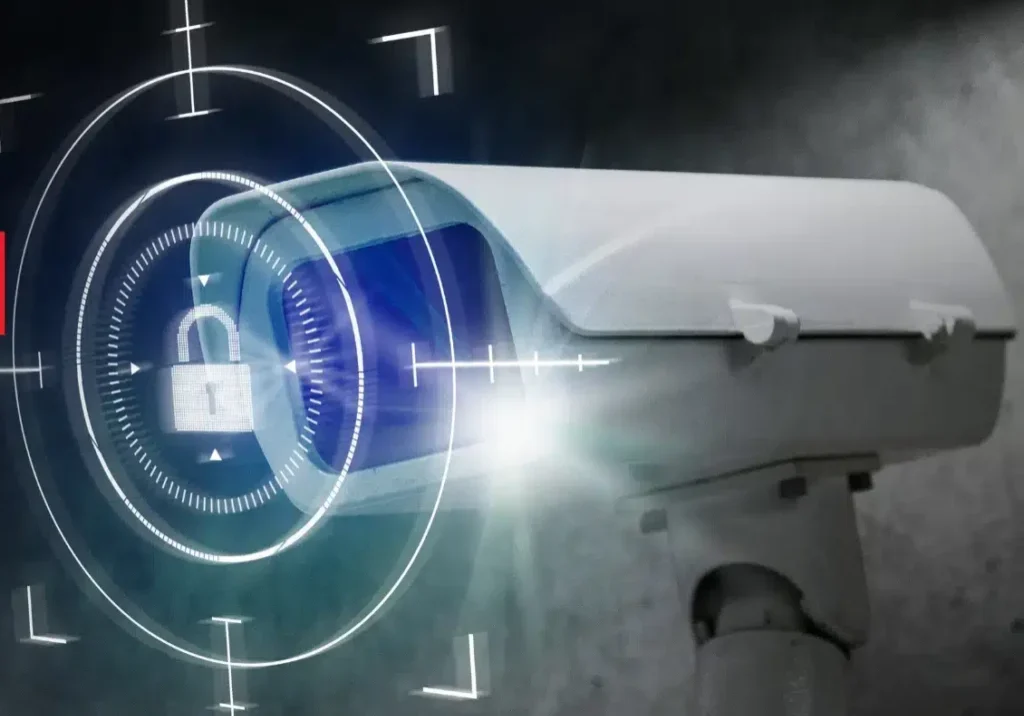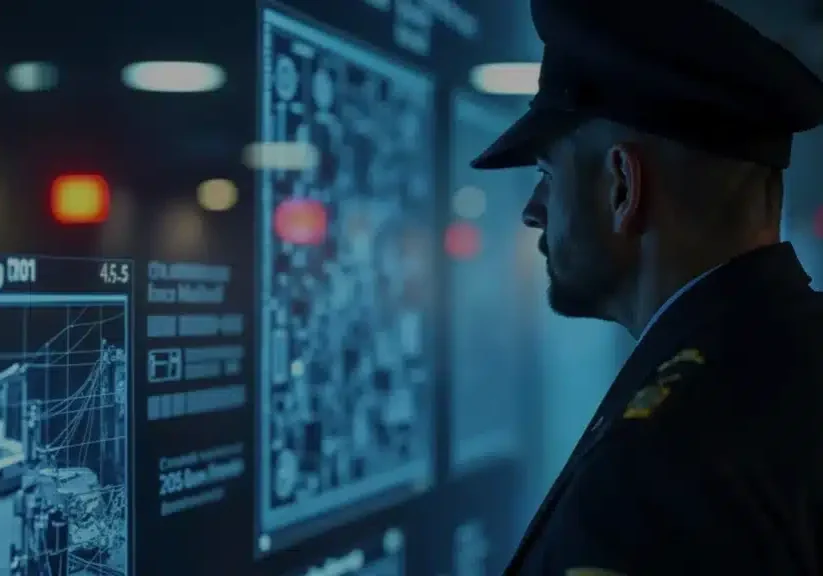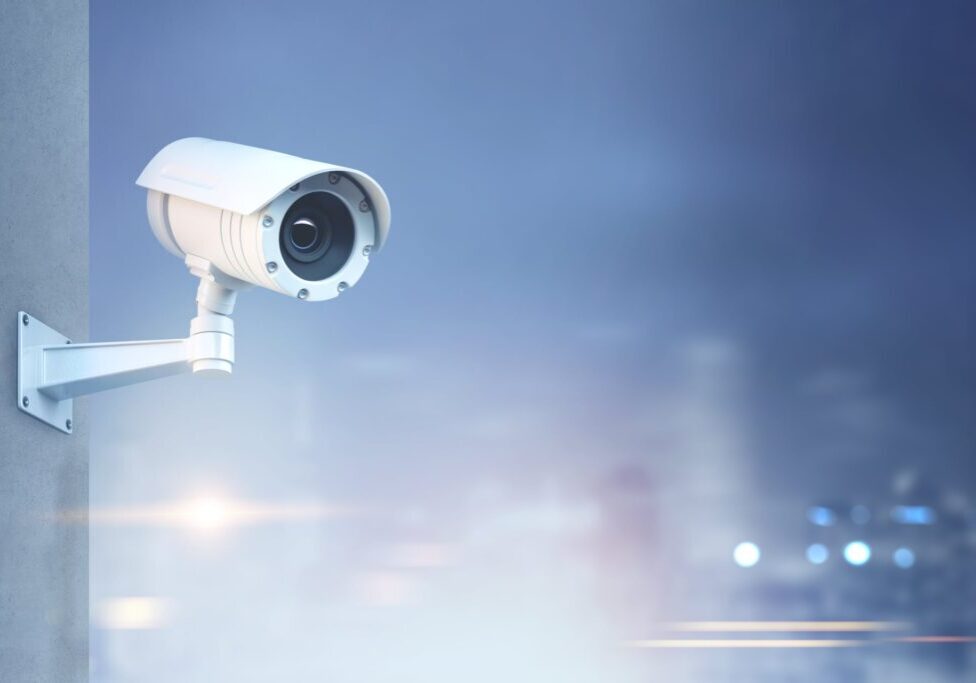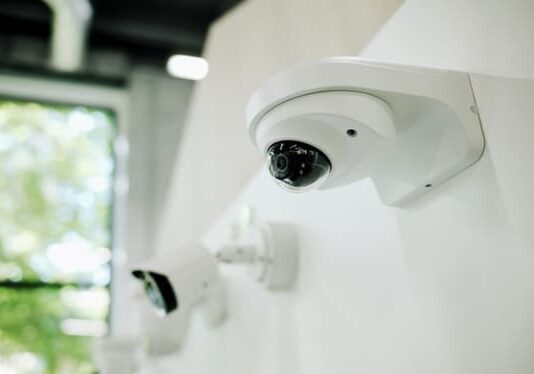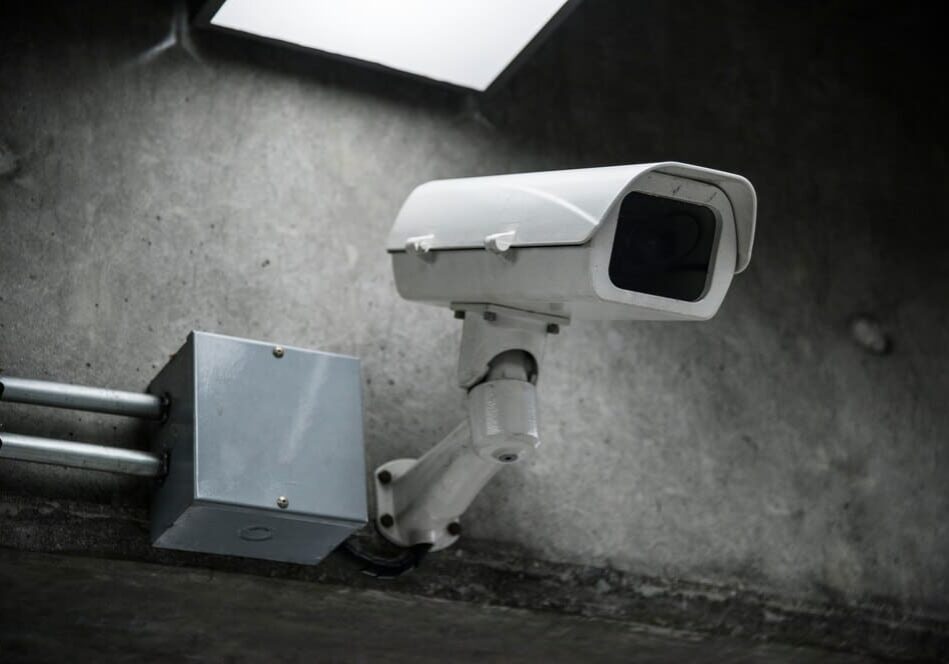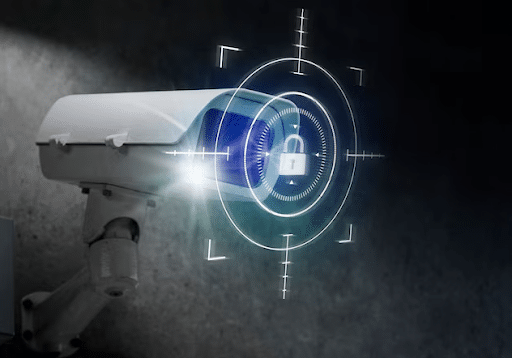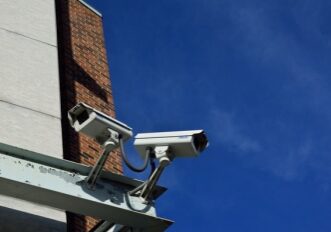Summary: With the increased digitization of business, an air gap as a last line of defense against the loss of data is expected to be implemented. Security networks are separated with an air gap between them and sensitive business networks. The networks safeguard and maintain industries like the financial system, government agencies, the military, and industrial processes.
Air-gap backups tend to be kept in a different location, say in a safe server house. They may be essential for the recovery of data in case of a disaster, software failure, hardware failure, or a ransomware attack. In the event of air gaps, make sure that the information cannot be accessed by the untrained staff. Keep the backups up-to-date by either updating them on a daily or weekly basis and performing routine tests.
From enterprises to government agencies, any entity with personnel and property assets can benefit from a secure video surveillance system. Multifamily housing complexes (MDUs), for instance, have become a robust target for video security monitoring implementation since crime reduction is now a necessity as opposed to a luxury expenditure. Auto dealerships are also actively protecting their inventory in the wake of rising catalytic converter and vehicle thefts– with nearly 750,000 vehicle thefts occurring during the first three quarters of 2022, according to the National Insurance Crime Bureau (NICB).
Similarly, other businesses such as education, healthcare, public safety, retail, energy, and assisted or senior living are suited for quality video security.
Though not every video security system is created alike, through these five essential considerations formulated by the Department of Homeland Security (DHS), you will be able to guarantee that your network is a worthy, safe, and compliant one.
Minimum Video Retention Period
Most of the industries that engage in video surveillance solution must comply with stringent laws and regulations that relate to storing video data. The police, as an example, have been faced with an increasing number of incidents that are being photographed and, thus, have resulted in strict retention measures. In the same way, the National Center of Education Statistics (NCES) reports that more than 80 percent of the public schools in the United States, and more than 94 percent of high schools, have surveillance cameras to patrol campuses. This implies that the school districts must now remain abreast of surveillance and retention laws that differ by state. The
Department of Homeland Security (DHS), however, recommends 30 days as the minimum recommended retention duration of surveillance video that does not have a specific incident. Thereafter, under an occurrence of an incident, the concerned footage must be retained with references to the legal and risk management consultants. The DHA explains that it would be best to design a system with the capacity to add 25 percent more cameras or storage.
IP-based System and ONVIF-compliance
An IP-based surveillance system is also important to use. IP is short for Internet Protocol, and the IP cameras transmit video footage to an IP network. In other words,
These cameras are preferred over coax cable surveillance cameras for a plethora of reasons. Primarily, IP cameras deliver higher-resolution images, as high as 10k resolution, and more functionality via tilt, zoom, and 360-degree options.
The IP-based systems may also be integrated with other Internet Technology (IT) systems, like access control, building management, motion detection (among others). Owners of surveillance systems can also use analytics software and Artificial Intelligence (AI) to facilitate security workflow, and in many cases, it works with on-site security personnel. In deploying an IP-based video surveillance system, however, make sure that each camera is Open Network Video Interface Forum (ONVIF) compliant. ONVIF compliance enables devices of different manufacturers to cooperate. This is more especially when you are coming up with your video surveillance system. That is, you do not want to stretch yourself to the closed system, otherwise referred to as a single vendor solution. Rather, spread your vendors out and find alternatives in case of any outage or attack on vendor systems. This will guarantee two layers of protection.
All Hardware Must Be NDAA Compliant
In addition to being ONVIF compliant, all video surveillance system equipment must be National Defense Authorization Act (NDAA) compliant.
Ever since the NDAA took effect on August 13, 2020, Sec. 889(a)(1)(B)– otherwise known as the “Blacklist Clause“, has explicitly prohibited executive agencies from “entering into, extending, or renewing contracts with any entity that uses any equipment, system, or service that uses covered telecommunication equipment or serves as a substantial or essential component of any system, or as critical technology as part of any system.”
Federal contracts are no longer allowed to use all the video surveillance and telecommunications equipment of a list of specified China-based companies. So, do not buy equipment from Dahua, Hangzhou, Hikvision, Hytera, or its affiliates and subsidiaries.
Firewalls For Security Protection
Any commercial video surveillance system that can be accessed through an internet connection or Wi-Fi network is prone to attack by hackers. It is therefore very important to implement firewalls, or a network security application that will inspect and filter the incoming and outgoing traffic on your network. This security can defend your network against needless network traffic as well as safeguard it against hackers, malware, spyware, and viruses. Simultaneously, the data of both the personnel and the clients will be protected, and the entire network flow can be analyzed through the rules and filters that were created before.
Air-Gap All Security Networks
Air gaps, as the final defense against losses of data, are very important in the digitization of business operations. An air gap is basically a security mechanism that separates dissimilar critical business networks. These forms of network are employed to safeguard and sustain a number of industries such as the stock market, government, military, and industrial power.
Air-gap backups are stored in an off-site secure location. These are necessary backups to recover data in case of disaster, software malfunction, hardware failure, or ransomware. Make sure that they are not accessible to unauthorised personnel. Have them maintained, update them daily or weekly, and test them on a periodic basis.
Looking to strengthen your video surveillance network? Connect with Resolute Partners today to design and deploy a secure, future-ready system built to DHS recommendations.
Frequently Asked Questions
DHS suggests a 30-day minimum retention of the video of surveillance, which does not imply a specific incident. The legal and risk management advisors must be consulted regarding the storage of specific footage in case of an incident.
The IP-based surveillance systems are better than the traditional coaxial cable systems since they provide high resolution up to 10k and capabilities like tilt, zoom, and 360-degree view. They may also be combined with other IT security systems, such as access control and building management.
ONVIF compliance will ensure that the devices of different manufacturers can be compatible. This is very vital in planning your video surveillance system to avoid locking into one vendor system and also to have some form of flexibility and scalability.
Compliance with NDAA (National Defense Authorization Act) implies that any equipment of the video surveillance system should be able to comply with the security requirements established by the U.S. government. This certification confirms that the equipment will not be a national security risk and that it can be effectively used in federal facilities or other sensitive settings.
One of the best ways of improving your video network functionality is by integrating the Internet of Things (IoT) devices. The IoT devices can be used to monitor in real time, access remotely, enhance integration, automation, and analytics; these include smart cameras, motion sensors, and smart locks. These gadgets allow a more responsive and efficient security system.

Michael S. Blanco is the Chief Executive Officer and Co-Founder of Resolute Partners, LLC, where he leads strategic initiatives across various divisions. After owning family entertainment centers in New England, he co-founded Resolute Partners in 1996, launching the first Internet cafés for the U.S. Navy and partnering with AT&T for global deployment. A pioneer in wireless communications, Michael has expanded the company’s focus to include Energy Management/IoT, Cybersecurity, and Managed Video Security. He holds a degree from the Rochester Institute of Technology.
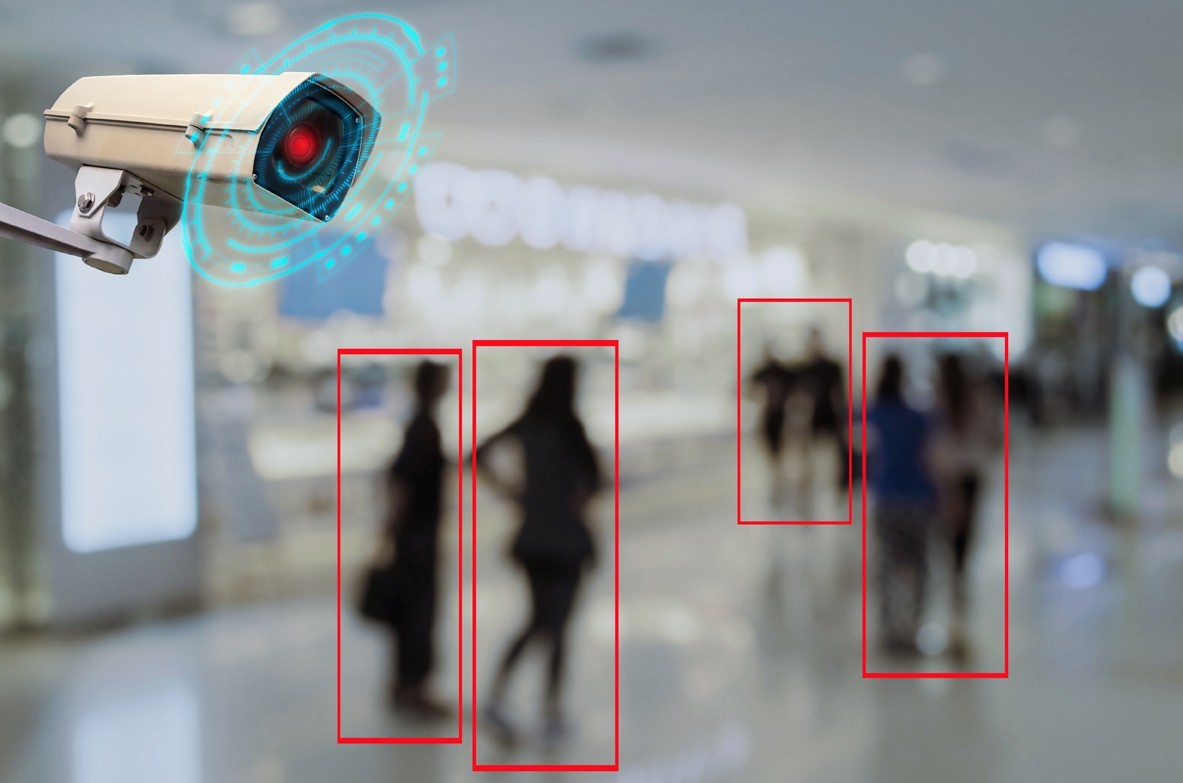
Stay up to date.
Subscribe for latest news, protection tips, special offers, and more!


